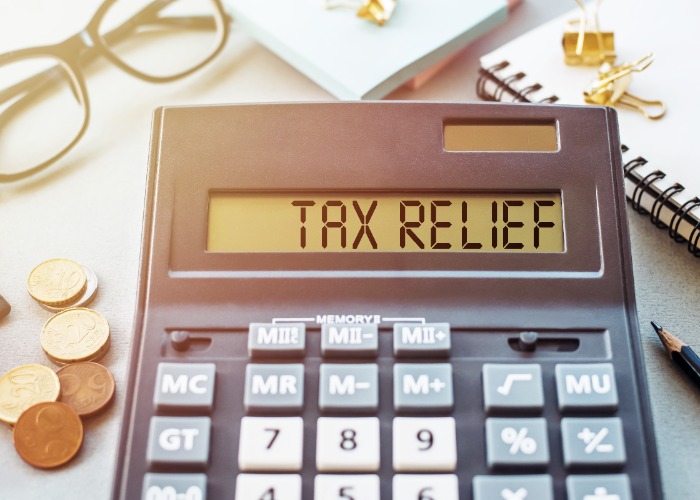Higher Rate and Additional Rate pension tax relief: how to claim

Significant numbers of Higher and Additional Rate taxpayers are failing to claim the right tax relief on their pension contributions, missing out on more than £1 billion in the process.
Many higher earners are on track for a less comfortable retirement because they are failing to claim the right tax relief on their pension contributions.
When we pay into our pensions, we get tax relief from the Government, essentially a free top-up to the money we put aside.
But the rate of that tax relief varies based on our Income Tax band ‒ Basic Rate taxpayers get 20%, Higher Rate taxpayers get 40% and Additional Rate taxpayers get a whopping 45%.
The trouble is that the tax relief is often not paid automatically for higher earners, and it seems plenty of those workers are missing out.
A study by Interactive Investor involved polling Higher Rate taxpayers who have a private pension over their plans for claiming pension tax relief.
Because of their tax band, these taxpayers are entitled to a higher level of tax relief on their pension contributions than basic rate taxpayers, though the process for doing so is not quite so straightforward.
And the added complication involved is clearly having an impact, leading to plenty of Higher Rate taxpayers missing out on that higher level of tax relief.
The study found that almost a third of eligible earners in this position either would not be claiming the higher tax relief, or don’t know.
That’s an awful lot of people missing out on what could be a significant sum.
A long-running issue
It’s worth noting that this isn’t a new problem.
A previous Freedom of Information request from PensionBee found that in 2020/21 around 574,000 eligible Higher Rate taxpayers did not claim beyond the Basic Rate of tax relief for their contributions.
While that’s a big improvement on 2016/17, when around one million such taxpayers failed to claim what they were entitled to, it’s still a huge number of people missing out on free cash from the Government.
And that missing money really adds up. PensionBee reckons that between 206/17 and 2020/21 higher earners gave up around £1.3 billion in tax relief, a staggering amount.
Why do I have to claim the higher tax relief?
The issue here all centres on the way that tax relief is paid on pension contributions.
Only the Basic Rate is paid automatically; if you are entitled to claim the Higher Rate, then you may have to go out of your way to claim it manually.
Clearly this serves as an additional hurdle. Eligible people paying these rates of tax are either unaware that they need to claim the further tax relief, or unclear over precisely how they go about doing so.
Yet they are the ones that ultimately suffer, finishing their working life with a markedly smaller pension pot. As Interactive Investor points out, if you pay in £5,000 a year to your pension and don’t claim the additional tax relief, you’re missing out on £1,250 each year.
That quickly adds up over the course of your career.
How do I claim the higher rate of pension tax relief?
There are a couple of options open to you if you are a Higher or Additional Rate taxpayer and want to claim the full tax relief you’re entitled to on your pension contributions.
Perhaps the simplest way is through filing a Self Assessment tax return. When you file a Self Assessment, you will be asked to confirm what pension contributions you have paid over the year.
Importantly, you need to state the gross level of contributions for the year, so including the 20% tax relief that will have been added automatically.
The additional tax relief will then likely be paid to you as a rebate, which you can then add to your pension pot yourself.
However, the extra tax relief can also come in the form of offsetting your tax liability or a change to your tax code.
An alternative option, should you not file a tax return nor fancy adding that to your regular schedule, is to write to HMRC instead.
If you are employed, then you should be able to find the relevant tax office address on your pay slip or P60.
The letter will need to detail what you have paid; bear in mind you will need to submit a new letter if you alter your contributions or your salary changes.
The accountancy firm Penfold have a handy template letter you can use, too.
Claim back previous years of tax relief
Finally, if you have missed out on previous years of additional tax relief, the good news is that you may be able to get some of that back as well.
You can make backdated claims for unpaid tax relief for four previous tax years, which could really add up to a substantial boost to your pension pot.
Comments
Be the first to comment
Do you want to comment on this article? You need to be signed in for this feature
